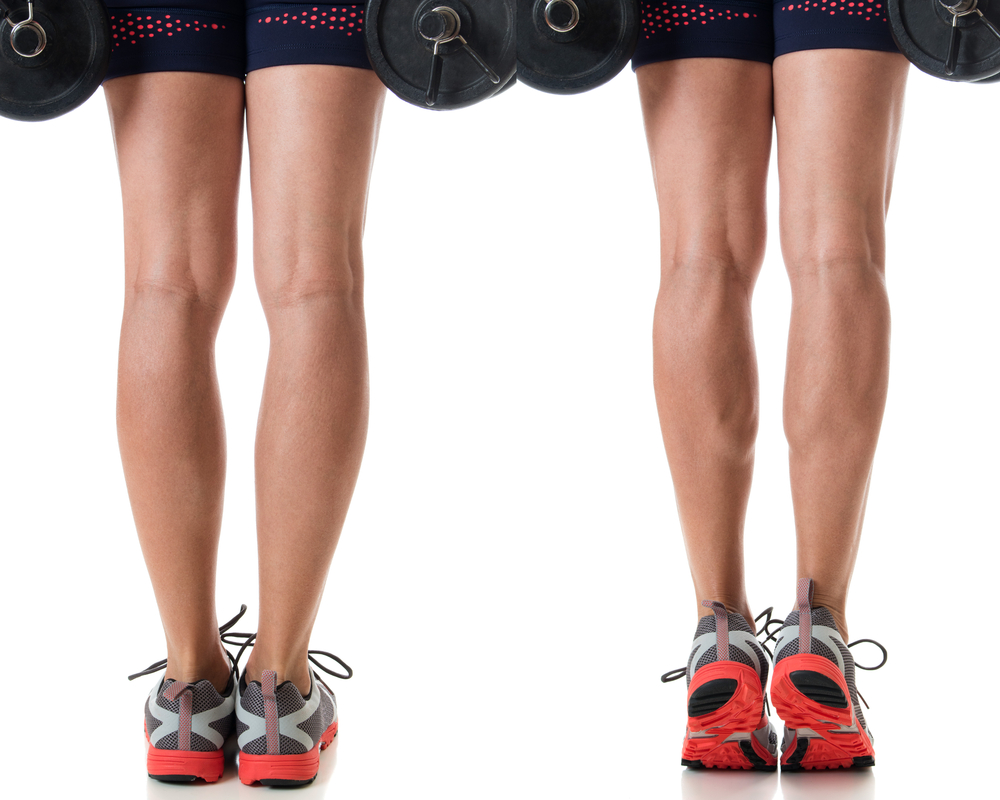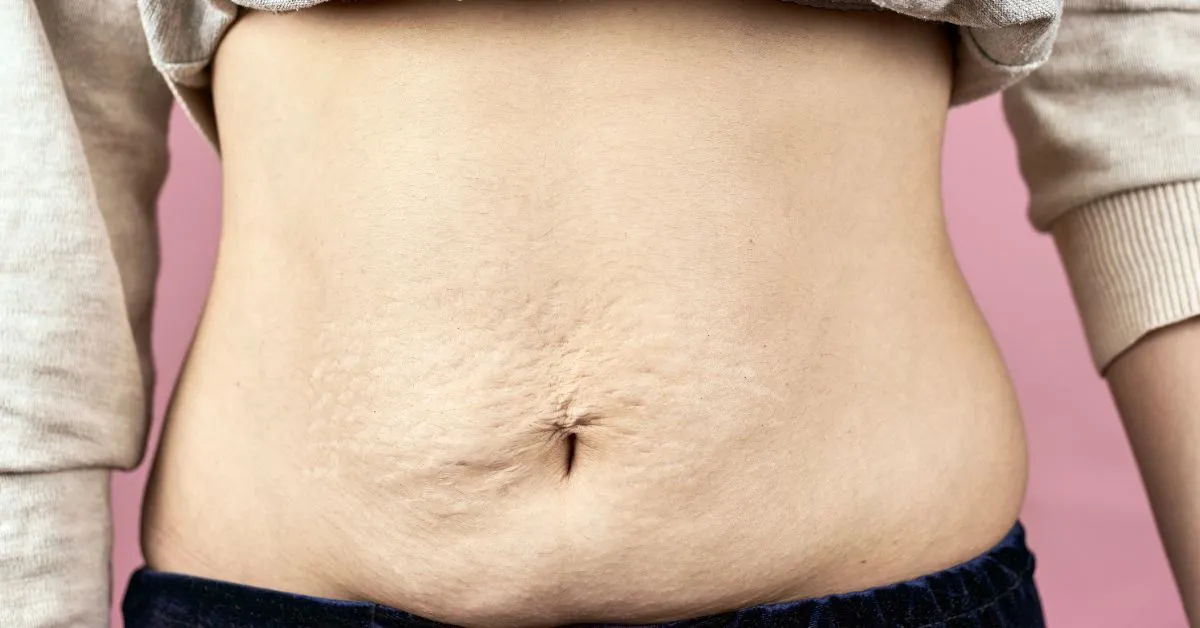- The minimal access cranial suspension lift, or MACS lift, is a minimally invasive facelift procedure.
- The advantages of the MACS lift include shorter surgery time, faster recovery, and minimal scarring.
- The MACS lift is ideal for younger patients with better skin elasticity.
- Patients with “bulky” necks or skin laxity — typically older patients — may be better off with another type of facelift procedure.
If you are hesitating to pursue facial rejuvenation surgery because you are wary of potential complications, scarring, or a lengthy recovery, you’re not alone. These have long been common concerns.
About 15 years ago, a new and minimally invasive facelift procedure called the MACS lift first started to become popular among cosmetic surgeons seeking a better option for their patients.
The MACS lift has since been touted as superior to the traditional facelift procedure for many reasons, including a shorter time in surgery, faster recovery, minimal scarring, and greater overall safety.
Since the introduction of the MACS lift, cosmetic surgeons have performed it on countless patients. Read on to find out if you would be a good candidate for this procedure.
What is a facelift?
As we age, gravity takes its cumulative toll on the face, resulting in wrinkles and sagging skin. Fat too can accumulate beneath the skin as we get older, making the face look swollen or lumpy.
A facelift—technically, a rhytidectomy—is a surgical procedure that seeks to correct the facial features that go along with aging, including wrinkling or sagging, accumulation of fat, and loss of elasticity in the skin.
You can find out more about the various types of facelift techniques in Zwivel’s extensive facelift procedure guide.
What is a MACS lift?
The MACS minimally invasive facelift technique was first introduced by world-renowned cosmetic surgeons Dr. Patrick Tonnard and Dr. Alexis Verpaele, in a 2002 article published by the medical journal Plastic and Reconstructive Surgery.
In the article, Drs. Tonnard and Verpaele described their new procedure in great detail so that other cosmetic surgeons could incorporate it into their own practices.
According to the article, “the MACS lift is fundamentally a pure antigravitational lifting procedure that will suspend the sagging soft tissues of the face and neck, together with the adhering skin, in a vertical direction into the place where they previously belonged.”
What are the advantages of the MACS lift?
There are a number of advantages associated with the MACS lift as compared with older, more traditional surgical approaches to facial rejuvenation.
To begin with, the MACS lift involves a much shorter surgery. For traditional procedures, the time on the operating table is about four hours, whereas with the MACS lift the procedure is typically only two and a half to three hours.
The recovery time following the MACS lift is also shorter — many patients return to their usual activities within a week after surgery, as opposed to two to three weeks in the case of traditional facelifts.
Another advantage of the MACS lift is the type of sedation used. More traditional facelift procedures generally require local and general anesthesia, and these procedures may need to be performed at a hospital. A MACS lift typically requires only local anesthesia and a minor sedative, such as Valium® (diazepam) or Versed® (midazolam). As such, the MACS lift is often performed in an outpatient surgery center rather than at a hospital.
It is often desirable to perform multiple procedures during a single facelift surgery. Because it’s shorter, the MACS lift allows for both facial and non-facial procedures to be performed during the same span of time, which is not possible with a traditional facelift.
The MACS lift is less invasive than a traditional facelift, so the scar that results from the procedure is termed a “short scar,” compared with the much more extensive scars that accompany more traditional procedures.
The MACS procedure is also considered safer due to its being less invasive and involving fewer incisions.
What patients are good candidates for the MACS lift?
Dr. Bruce Mast, a board-certified plastic surgeon, professor, and chief of plastic and reconstructive surgery at the University of Florida College of Medicine, was one of many cosmetic surgeons who adopted the new MACS lift into his own practice.
According to Dr. Mast, around the time it was introduced, “the procedure was touted as applicable to virtually all facial rejuvenation patients.”
Dr. Mast has since carried out an analysis of the MACS facelifts he has performed. He concludes that the procedure is not necessarily optimal in all cases.
In his most recent analysis, Dr. Mast describes the patients who would benefit most from the procedure: “It seems to be better suited for patients of a younger age with less anterior neck bulk and better skin elasticity.”
Alternatively, Dr. Mast states that “the MACS technique is not ideal for patients with excess skin laxity and/or bulky necks. For those with excess facial skin laxity, the purse-string sutures combined with the vertical vector skin excision creates an increased incidence of skin pleating.”
What are the alternatives?
There are many different types of facelift procedures available, depending on the goals of patients and their cosmetic surgeons. It is important to go into any facelift procedure with realistic expectations.
A consultation with a board-certified cosmetic surgeon will allow you to explore all available options and determine what is best for you.
» Get suggestions from our top medical review team and locate a board-certified plastic surgeon who specializes in facial procedures in your area.









